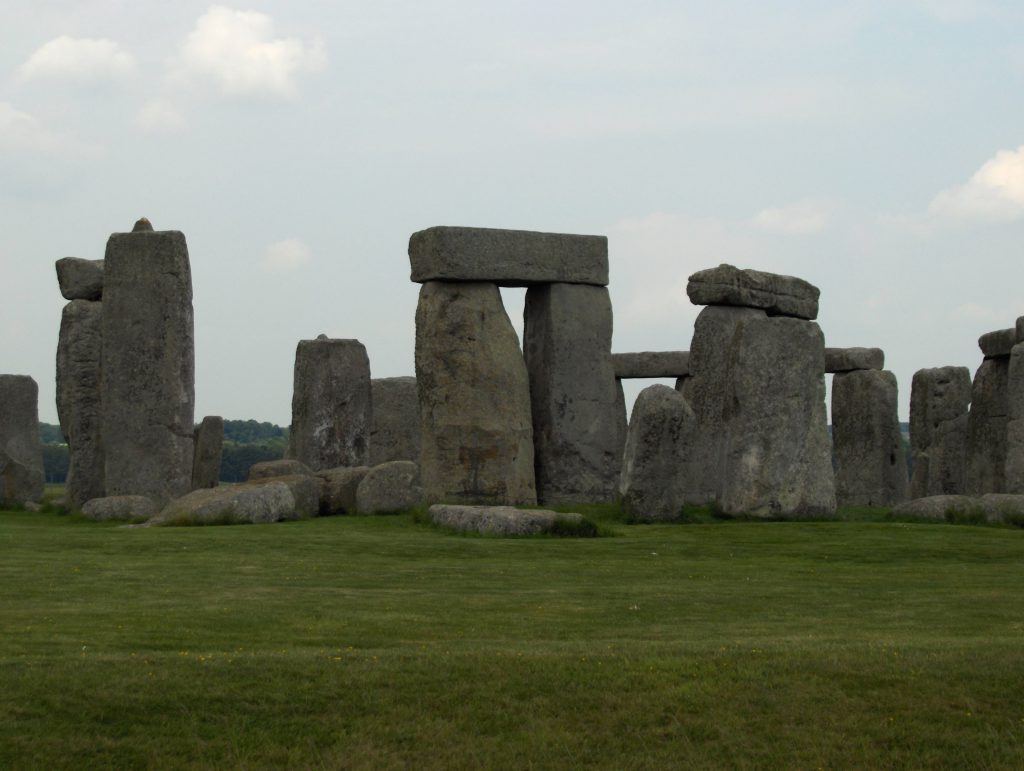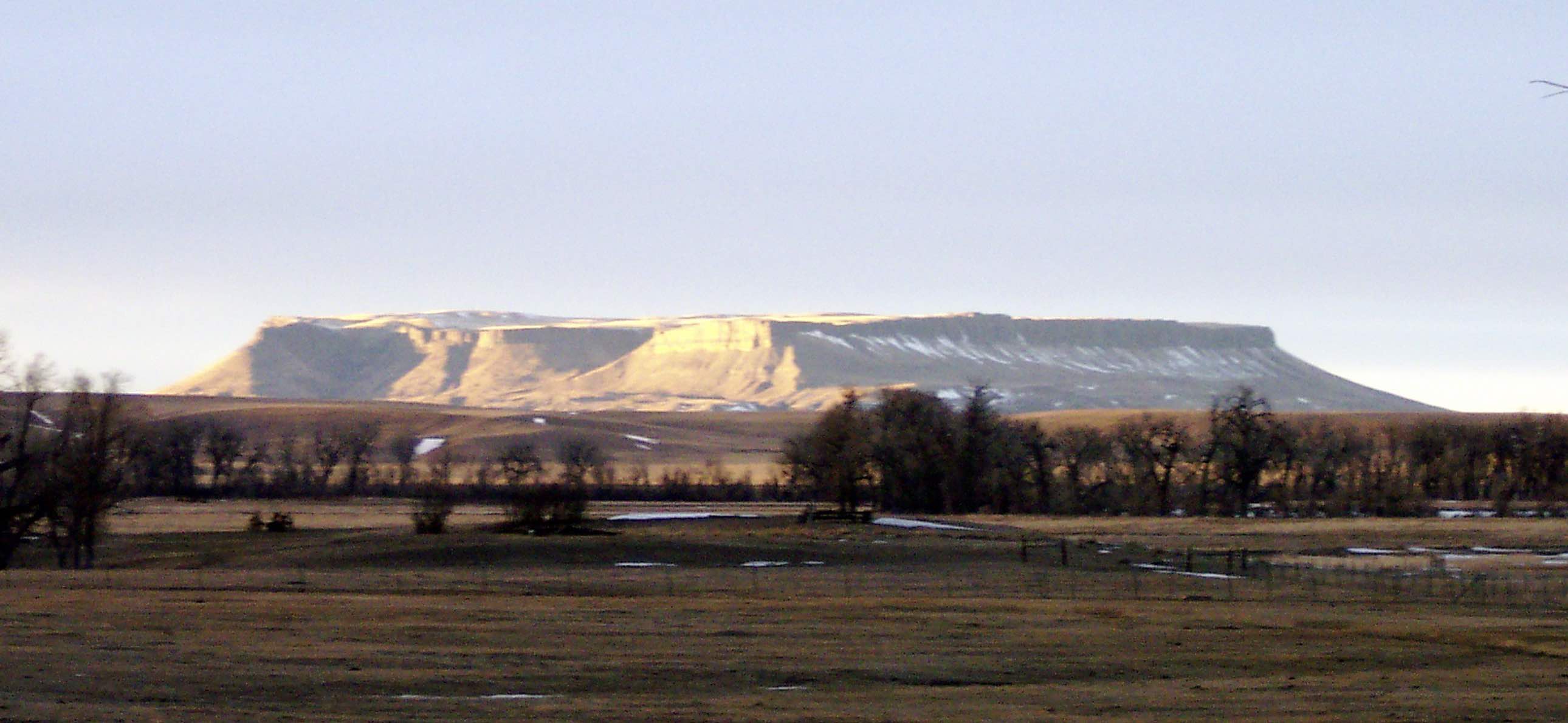A number of years ago, my family celebrated Halloween watching the sunset at Stonehenge. Going there had long been on my “Bucket List”, but visiting on Halloween was not planned. It just worked out that way.

Granted, today, as the snow melt is beginning to signal springtime, Halloween seems far away. However, as I readied MAP workshop I to introduce the program to Idaho Falls, I remembered the day, the feel, the heft of the atmosphere, and the lesson that emerged that day.
The Stonehenge site on the Salisbury Plain documents humans’ relationship to the land since 3000 B.C. Some say that early humans saw Stonehenge as the “domain of the dead,” while others believe it was a place for healing. Either way, standing there, in the twilight was an eerie experience. As the day closed, the monstrous stones of the Henge, stood black, silhouetted by the lowering sun.
I have always wondered how humans so long ago accomplished such a gargantuan undertaking. Designing the structure, transporting the stones from far away, placing the stones, all seem impossible and not at all consistent with a the Hollywood view of prehistoric Britons as a hide-wearing, non-writing, warlike people.
Our son read the first interpretive label relating how the “smaller” stones, lying in the foreground, weighed from two to four tons each. They were brought from Wales, about 160 miles away. We stood silently, soaking in the thought and the moment.
The next label continued with the information that the larger standing stones weighed up to 50 tons each and were moved from about 12 miles away. Thinking only that 12 miles was a lot closer than 160 miles, I blurted out, “Well that’s certainly doable!”
I can’t fathom moving a 50-ton stone 12 miles. For that matter, I can’t see such a task as possible with 100 helpers. However, moving the gigantic stones of Stonehenge was accomplished in a different fashion. It was a task finished over time.
We live in a society guided by goal-setting, timelines, and deliverables. We use instant messaging, texting, and on-line meetings to finish work quickly and efficiently. However, the very tools meant to help us too often create the expectation that more and more can be done in a shorter length of time.
In fact, we too often become overwhelmed by the pressures we have allowed in.
We forget the words of the Roman emperor Hadrian describing the creation of the Roman Empire, “Brick by brick, my citizens, brick by brick.”
We forget how each day lived deliberately impacts our dreams for the future.
We forget the power of incremental progress, the step by slow step forward that makes each goal, no matter how many tons, “doable.”

Comments are closed, but trackbacks and pingbacks are open.